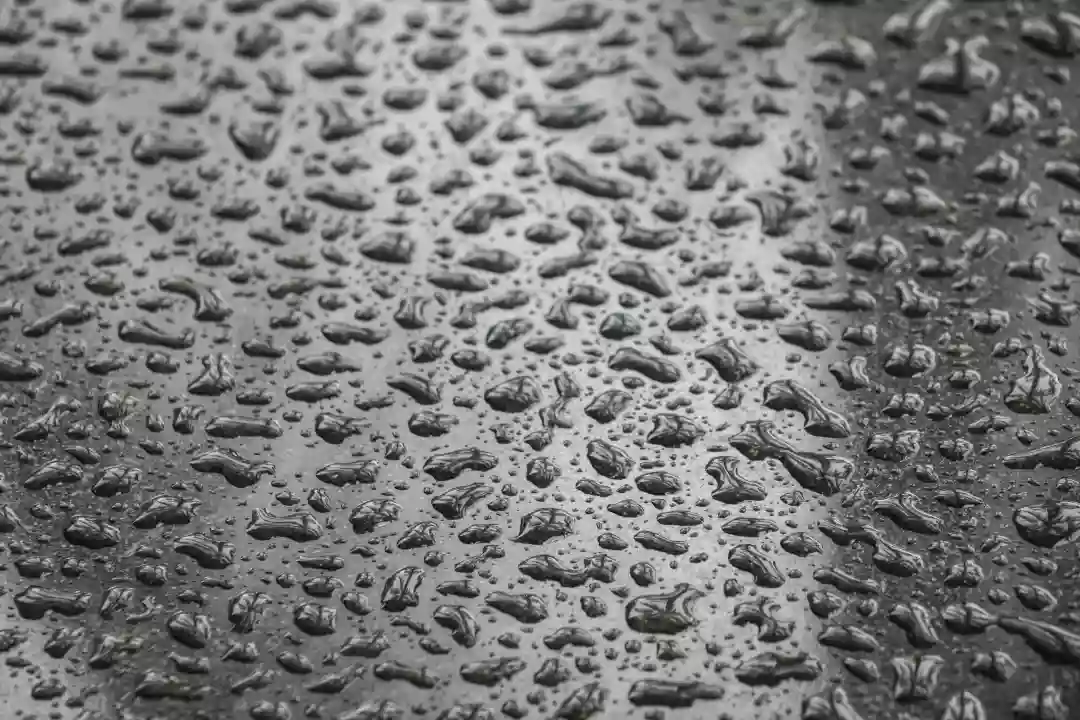Damp Proofing and Building Regulations
When it comes to damp proofing, many homeowners and property developers are unsure about the requirements. Does it need planning permission? Is building regulations approval necessary?
This article explores the rules, processes, and practical considerations of damp proofing work in both new constructions and existing buildings, while also offering guidance on how to ensure compliance with UK building regulations.
What are Building Regulations?
Building regulations are a set of rules introduced by the government and enforced by local authorities to ensure that buildings, including both residential properties and commercial properties, are safe, structurally sound, and energy efficient.
These regulations cover provisions such as fire safety, drainage and plumbing, ventilation, insulation, and proper site preparation. They are intended to maintain the structural integrity of buildings, protect occupants’ health, and ensure compliance with essential standards.
What do Building Regulations Say About Damp Proofing?
Damp proofing is not always explicitly covered under general regulations, but damp proofing systems are considered essential in new buildings. According to Approved Document C of UK building regulations, all new constructions must include measures that prevent moisture ingress, condensation, and rising dampness.
External walls in contact with the ground must contain a damp proof course (DPC) or damp proof membrane that is properly installed and adequately protected to maintain structural strength.
For existing buildings undergoing renovations, extensions, or structural repairs, regulations approval may apply if damp proofing work affects the building structure, external walls, or inner wall surfaces. In these cases, careful planning and meticulous planning are vital to ensure compliance with the guidelines and avoid failure of the installation.
Do I Need Planning Permission for Damp Proofing Work?
In most cases, damp proofing work does not require planning permission. However, planning permission may be needed if the damp proofing involves structural changes such as new damp proof membrane installation, altering external walls, or replacing parts of the building structure.
Where new building work is included, regulations approval and possibly planning permission apply. Homeowners should conduct a risk assessment and consult local authorities to ensure the correct steps are taken.

Need assistance finding damp proofing near you?
Get a QuoteDamp Proofing vs. Waterproofing
Understanding the difference between damp proofing and waterproofing is key. Damp proofing work is a solution designed to prevent rising dampness and stop moisture from rising upwards from the ground into walls and floors. It is best suited to residential properties experiencing rising damp.
Waterproofing, on the other hand, is more effective against penetrating damp caused by water entering through masonry or roof coverings. Both methods must be properly integrated into the construction process to protect the building structure and reduce the likelihood of structural damage or health issues caused by mould and condensation.
Identifying the Damp Proof Course
The damp proof course (DPC) is a vital barrier that prevents rising damp from entering walls. It is typically situated at a minimum distance above the ground level between the outer and inner wall. Materials such as bitumen, plastic, or slate are commonly used in proof courses.
DPC installation must be completed with meticulous detail to ensure resistance against moisture ingress and to maintain the integrity of the wall. For existing buildings, identifying the DPC can be difficult and may require the help of a surveyor. In cases where the DPC is compromised, upgrades, cavity trays, or additional damp proof membranes may be required.
Why Compliance is Important
Adhering to building regulations is crucial for both safety and legal reasons. Failure to comply can lead to legal action, expensive repairs, and compromised health for occupants. Moisture and dampness can cause mould, corrosion, and damage to insulation and masonry, which in turn affect the long-term well being of those living in the property.
By ensuring compliance with approved documents and following the correct building practices, homeowners can protect the structure, maintain energy efficiency, and satisfy the required standards.
Best Practice in Damp Proofing
Damp proofing work should always be carried out with careful planning, adherence to regulations, and consideration of factors such as proper drainage, ventilation, insulation, and site preparation.
Whether dealing with new constructions or older properties, the effectiveness of the system depends on the type of materials used, how they are installed, and whether they are suited to the conditions present. Regular maintenance, inspections, and timely repairs are recommended to ensure the system remains effective for many years.
Health and Safety Considerations
Damp and rising dampness can lead to health issues, including respiratory problems caused by mould growth. For this reason, it is vital to prevent moisture entering the property and to implement effective ventilation and insulation.
These measures help keep the home dry, safe, and comfortable for occupants, reducing the risk of contaminants and structural damage. Good damp proofing practice ensures the well being of those in residential and commercial properties alike.
Damp Proofing and Building Regulations: Conclusion
In summary, while most damp proofing projects do not require planning permission, many do require building regulations approval, particularly in new buildings, extensions, and when making changes to external walls. Damp proof courses and membranes are critical for preventing rising damp and protecting the structural integrity of buildings.
By following approved documents, working in conjunction with local authorities, and seeking professional advice when unsure, homeowners and builders can ensure compliance, mitigate risks, and protect both the property and its occupants.
If you are unsure about your damp proofing work or need further information, it is recommended to seek the advice of a qualified professional. Understanding the importance of compliance, careful planning, and correct installation is the best way to achieve effective, long-term damp protection.
In this article:
